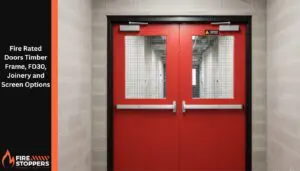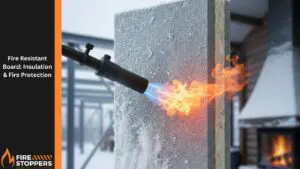Commercial Fire Safety Compliance
YUnderstanding Fire Safety Compliance for Commercial Buildings: Your Essential Guide to Irish Regulations
Your commercial building could be at risk. Right now.
Fire safety compliance isn’t just paperwork. It’s the difference between a contained incident and a devastating tragedy that destroys lives and livelihoods. Fire protection measures must meet the highest standards to ensure the safety of everyone in your building.
The Cost of Getting It Wrong
Last year alone, Irish businesses faced millions in damages from preventable fires. The real tragedy? Most could have been stopped with proper passive fire protection and effective fire safety protocols.
Fire doesn’t wait for you to catch up on regulations. It spreads in minutes. Destroys in hours.
When fire poses a threat, your fire detection and alarm system becomes the first line of defense. But without proper compliance, even the best fire alarm won’t save you from the ravages of fire.
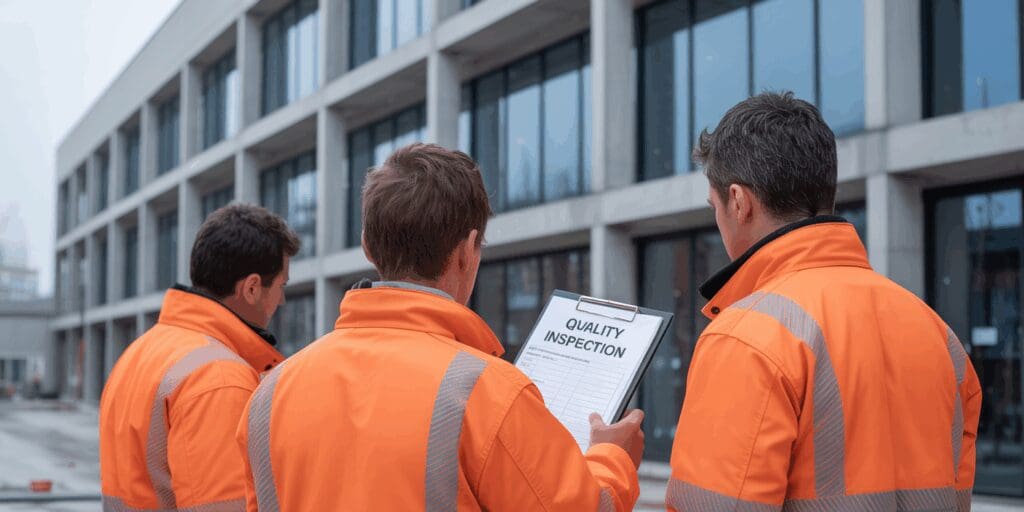
What Building Regulations Part B Really Means for Fire Safety
Part B covers every aspect of fire safety in Irish commercial buildings. From the moment someone designs your space to the day you open your doors to customers.
The fire safety regulations are clear:
- Fire-rated walls must contain flames for specific time periods
- Fire doors need proper certification and installation
- Penetrations through fire barriers require approved sealing
- Fire compartmentation must follow strict guidelines
Miss any of these fire safety requirements and you’re gambling with people’s safety. The Health and Safety Authority takes compliance seriously, and failure to meet fire safety duties can result in severe penalties.
Learn more about what is fire stopping and why proper installation matters for your compliance.
The Hidden Fire Risks Most Property Owners Miss
You walk through your building every day. Everything looks fine. But fire risk hides behind walls and above ceilings.
That cable run from last month’s IT upgrade? If it’s not properly sealed, it’s a fire highway. Flames will race through your building faster than people can escape during an evacuation.
The new partition wall your contractor installed? Without proper fire protection, it’s worthless when seconds count in the event of a fire.
Here’s what keeps fire safety experts awake at night:
Unsealed penetrations through fire walls. They’re everywhere in modern buildings. Every pipe, cable, and duct that passes through creates potential fire risk.
One small gap can render an entire fire barrier useless. When you need to contain a fire, these failures become critical safety issues.
Discover the 5 most common mistakes in firestopping and learn how to avoid them in your building.
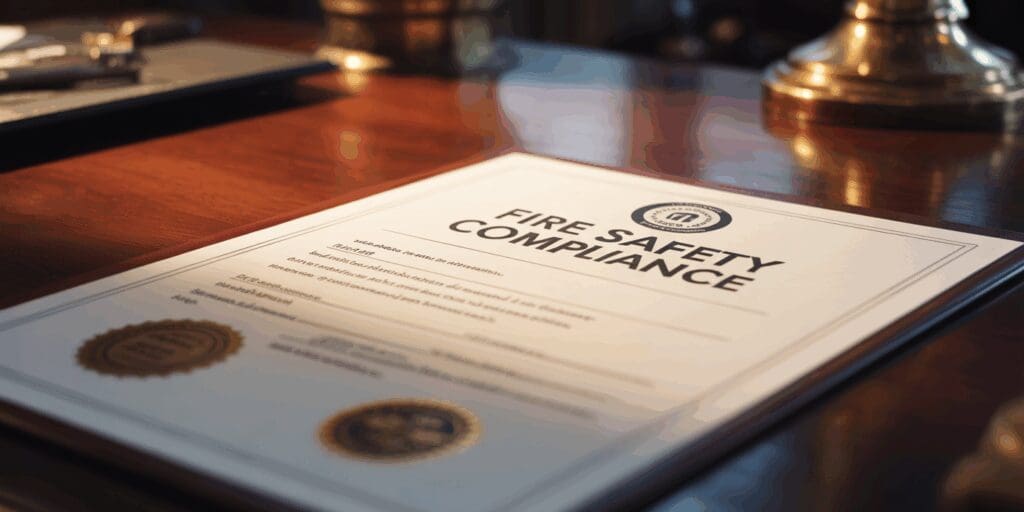
Why Irish Fire Safety Regulations Are Different
Irish fire safety standards evolved from hard-learned lessons. They’re not copies of UK or European rules.
Our climate affects building materials performance. Our building styles create unique challenges. Our evacuation procedures reflect Irish building layouts and usage patterns.
The Fire Services Act 1981 and subsequent regulations establish clear safety duties for building owners. The building control authority enforces these standards rigorously.
Using international standards without understanding relevant building regulations puts you at risk. Both legally and practically.
The Real Cost of Fire Safety Non-Compliance
Fines are just the beginning.
The Health and Safety Authority scrutinizes fire safety compliance after every incident. Fail to meet fire safety regulations and you could face:
- Criminal prosecution under the Fire Services Act
- Closure orders from fire officers
- Personal liability for directors
- Massive insurance premium increases
Then there’s business disruption. Fire damage closes commercial buildings for months. Customers go elsewhere. Staff find new jobs. Recovery becomes nearly impossible.
The building control authority doesn’t accept ignorance as an excuse. Every commercial premises must comply with fire safety measures and procedures.
What Proper Fire Protection Actually Does
Think of fire protection as your building’s immune system. It works 24/7 without power or maintenance.
Passive fire protection systems contain flames to single rooms or floors. Fire doors with proper seals keep smoke out of escape routes. Correctly sealed penetrations prevent fire spread through hidden spaces.
Active fire protection systems like fire detection and alarm systems alert occupants immediately. Fire extinguisher systems and fire suppression equipment help the fire brigade contain blazes quickly.
The beauty of integrated fire safety? Multiple systems work together. Fire detection triggers alarms. Emergency lighting guides evacuation. Fire dampers prevent smoke spread.
Read our comprehensive guide on passive fire protection strategies for modern buildings to understand how these systems work together.
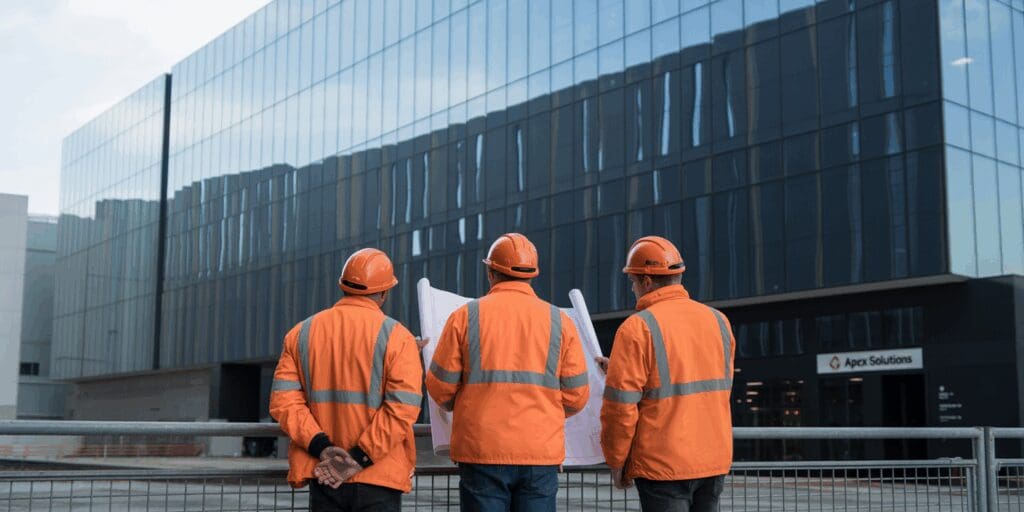
Essential Fire Safety Systems for Commercial Buildings
Every commercial premises needs multiple fire protection measures:
Fire Detection and Alarm System Requirements:
- Smoke detectors in all areas
- Heat detectors in high-risk zones
- Manual alarm call points near fire exits
- Fire alarm panels for central monitoring
Fire Protection System Essentials:
- Fire extinguisher placement following fire brigade recommendations
- Emergency lighting for safe evacuation
- Fire exits clearly marked and unobstructed
- Fire doors tested and maintained regularly
The fire service requires these systems to meet specific standards. Regular fire risk assessments ensure everything functions properly when the fire brigade needs access.
Understanding Your Fire Safety Duties
Under the Fire Services Act 1981 and Welfare at Work Act 2005, building owners have clear safety duties:
You must ensure fire safety measures protect all occupants. This includes conducting regular fire risk assessments and maintaining all fire protection systems.
Fire safety training for staff is mandatory. Everyone must know evacuation procedures and how to use fire extinguisher equipment safely.
The Dublin Fire Brigade and other fire authorities can inspect your premises at any time. They expect to see adequate standard of fire safety throughout your building.
Fire officers have powers to issue improvement notices or close buildings that don’t comply with fire safety regulations.
Your Fire Safety Compliance Checklist
Walk through your building tomorrow. Look up at the ceiling tiles. Check where pipes and cables pass through walls.
Ask yourself these critical questions:
- When did someone last inspect your fire detection and alarm system?
- Are all fire exits clear and properly marked?
- Do your fire doors close completely and seal properly?
- Have renovations compromised original fire safety features?
If you can’t answer confidently, you need professional help. Now.
The fire service won’t accept excuses when they inspect your commercial systems. Every safety measure must function perfectly in case of fire.
Consider scheduling a fire safety survey to identify potential compliance issues before they become problems.
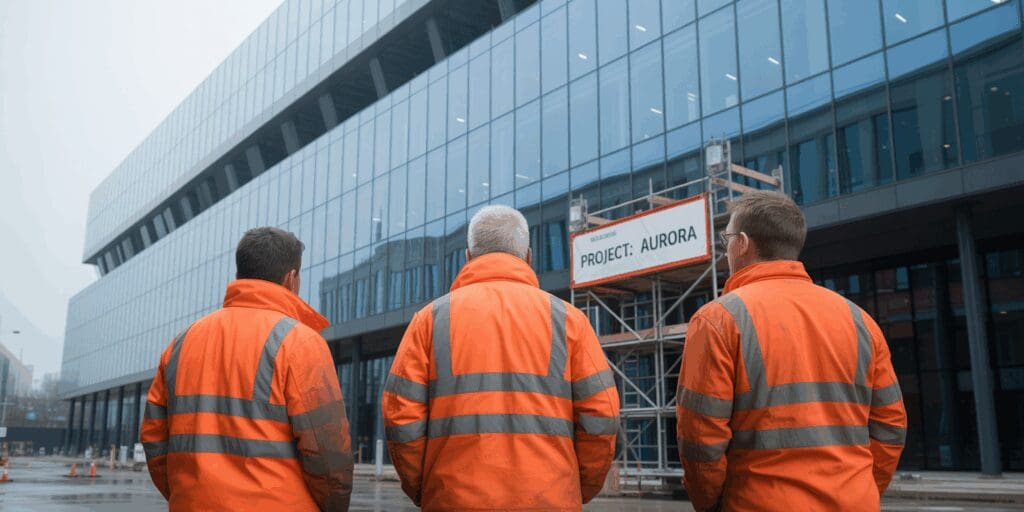
Don’t Wait for the Wake-Up Call
Fire safety compliance isn’t just about following rules. It’s about protecting everything you’ve built.
Your staff trust you to ensure fire safety throughout the workplace. Your customers expect a secure environment. Your investors need asset protection.
Most importantly, you need peace of mind that comes from knowing you’ve done everything right.
When fire strikes, there are no second chances. Proper fire prevention and fire suppression systems make the difference between minor damage and total loss.
Ready to ensure your building meets every fire safety requirement?
Contact us today for a comprehensive compliance assessment. We’ll identify fire risks, explain fire safety regulations, and provide clear solutions.
Because effective fire protection saves lives. And proper compliance protects your business future.
Call us now or request your free consultation online.
Your building’s fire safety can’t wait another day.

